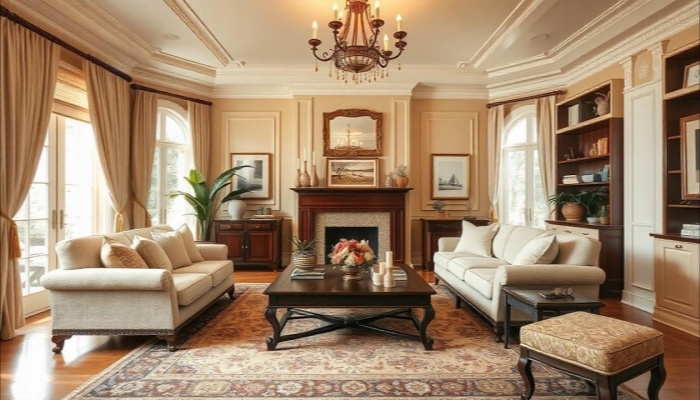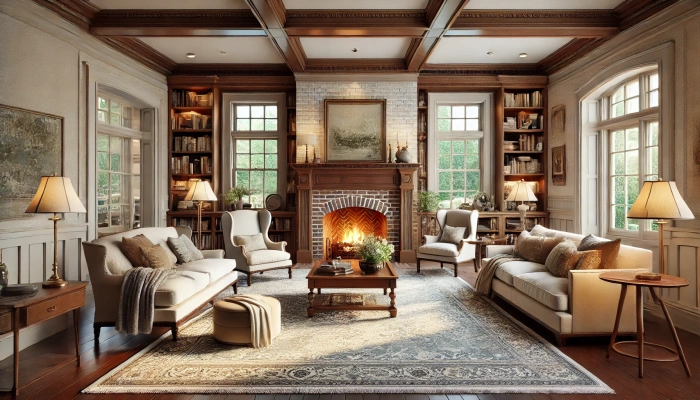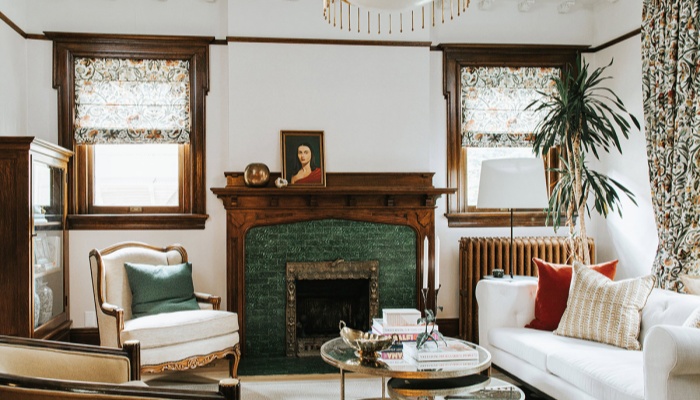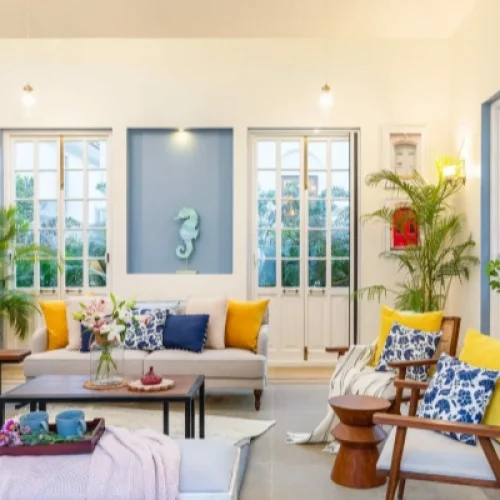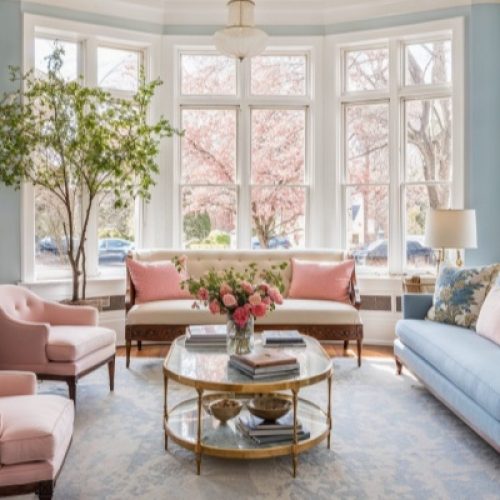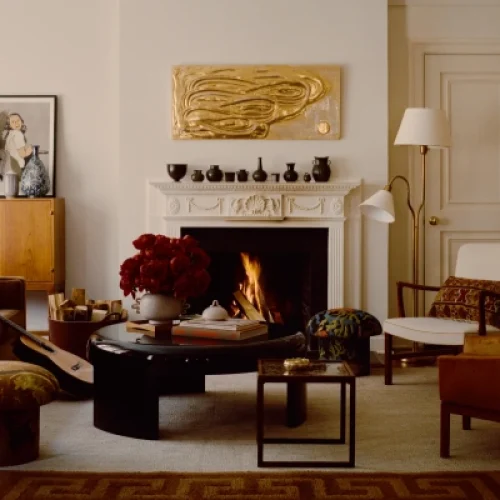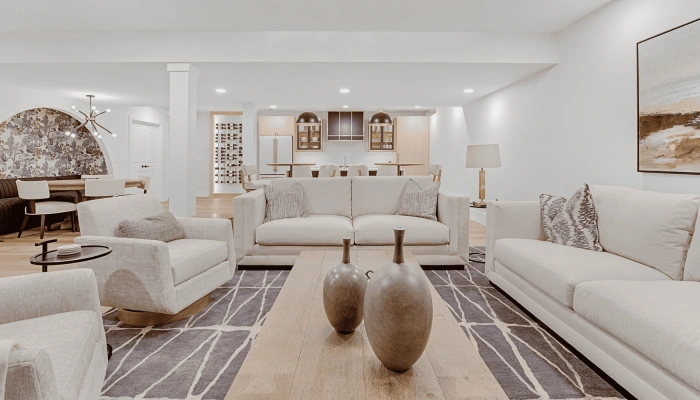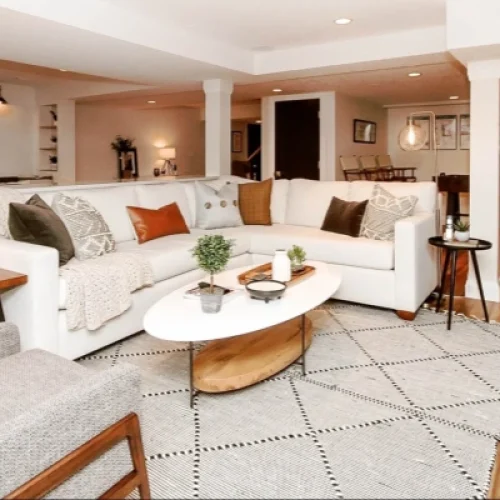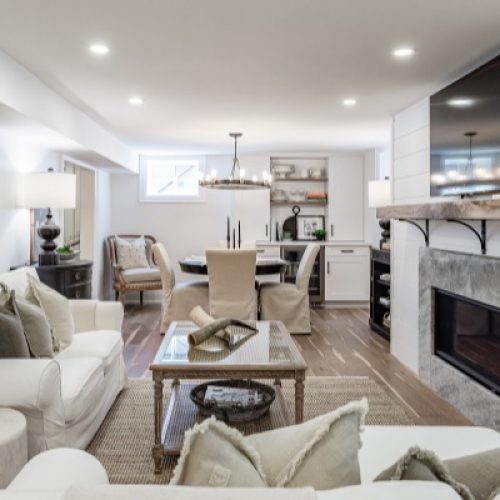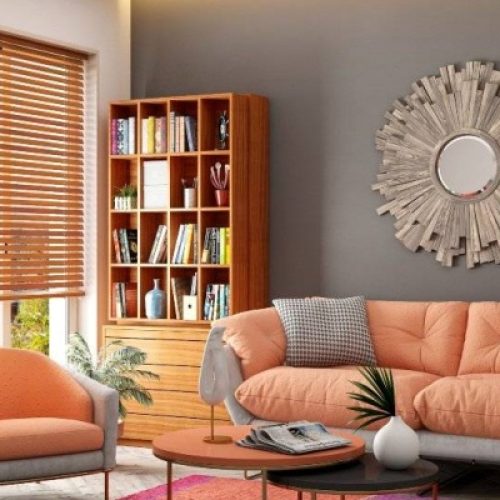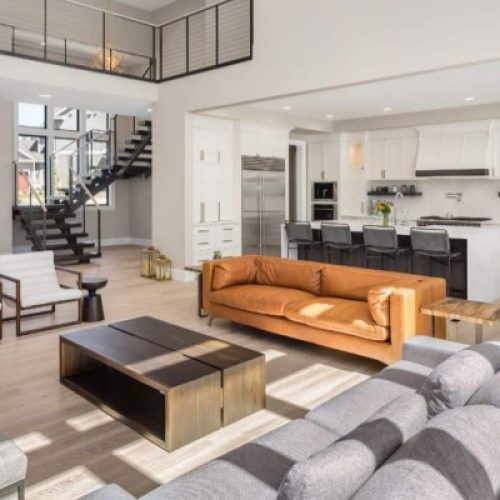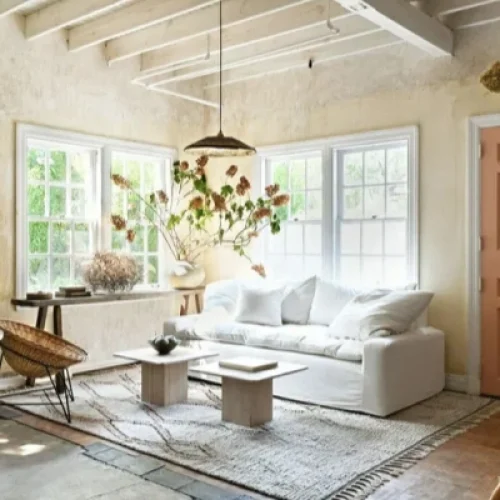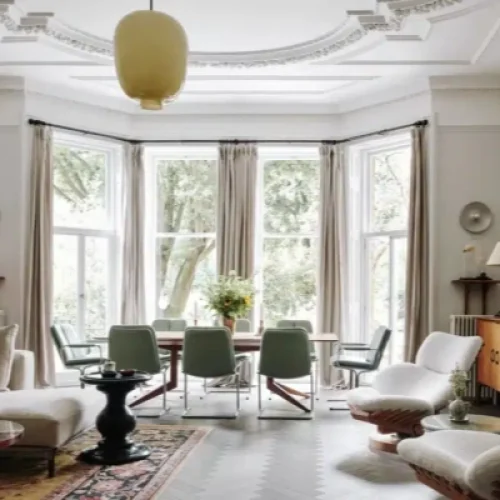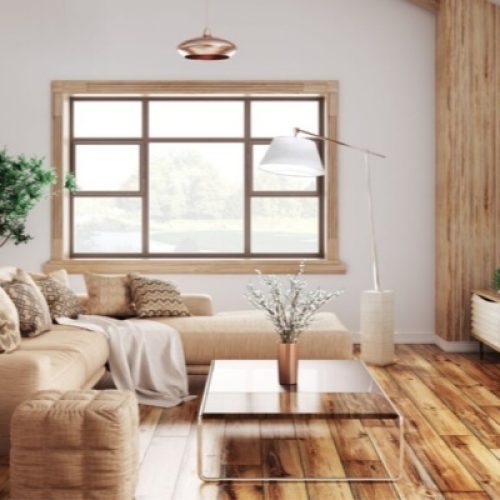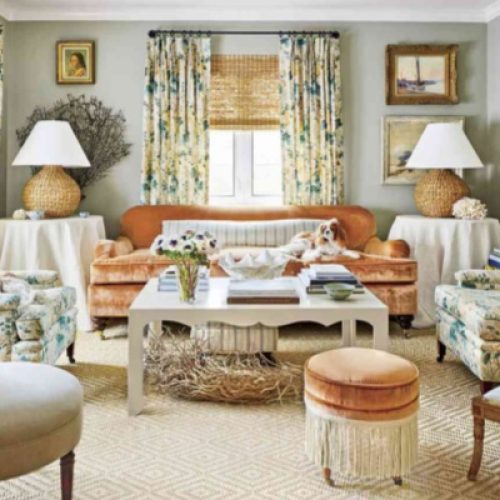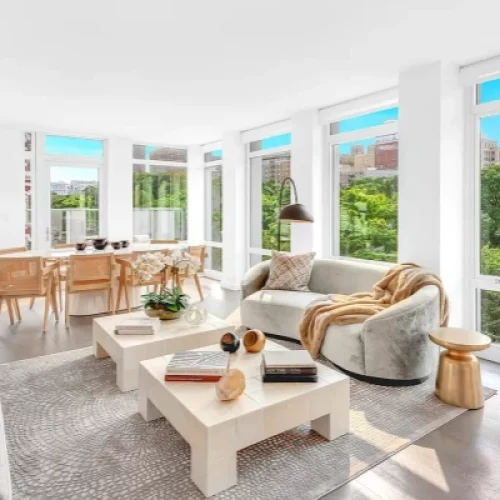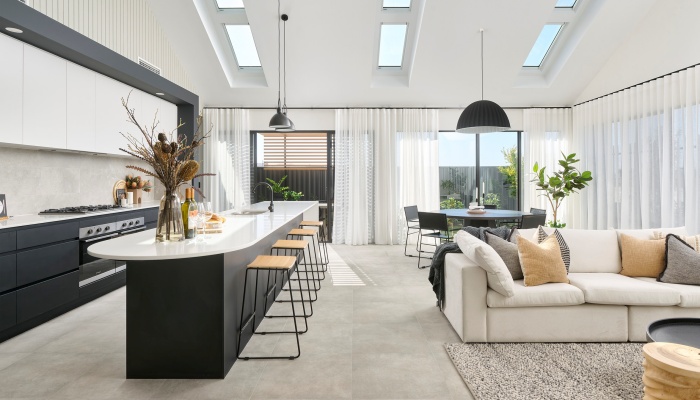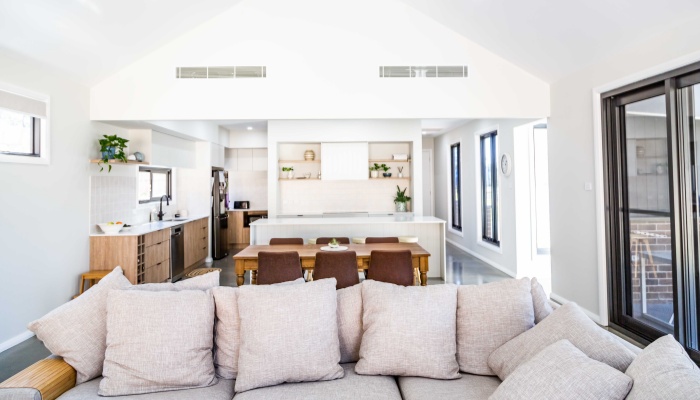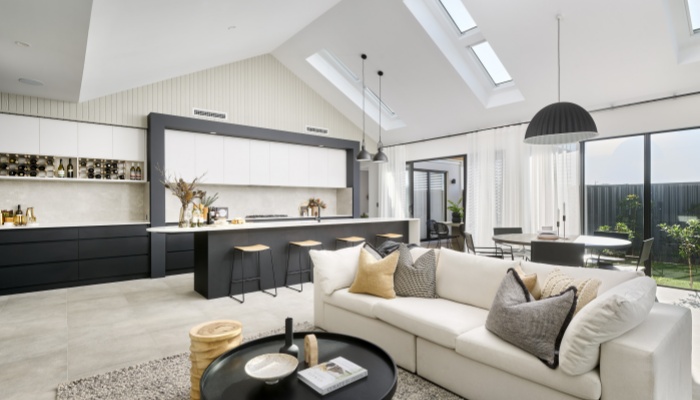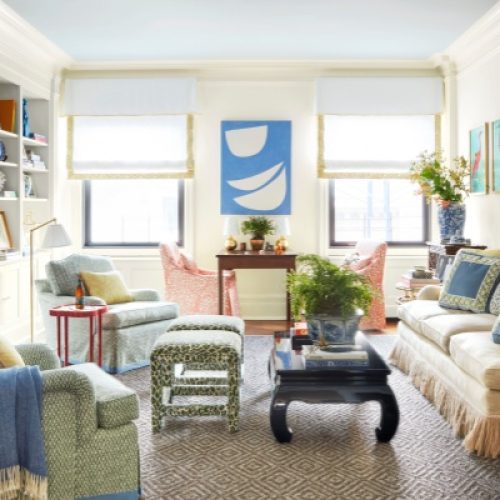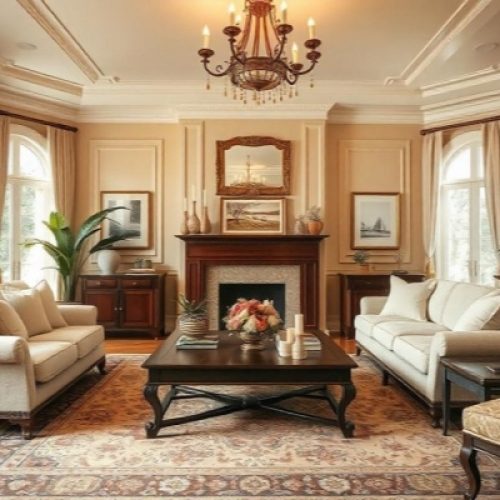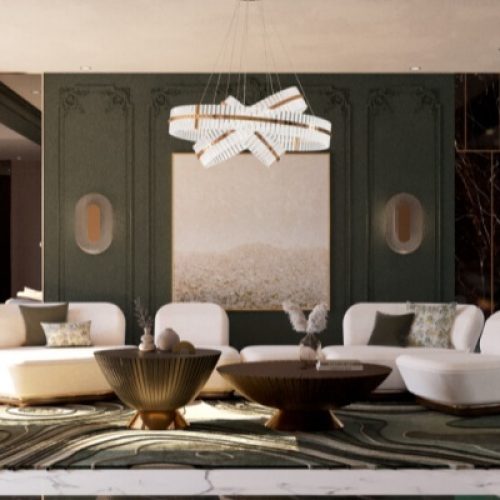Another reason for the enduring appeal of traditional styles is their versatility. Traditional design can seamlessly blend with modern elements, allowing homeowners to create unique …
First, choosing the right color scheme is the key to creating a cozy atmosphere. Soft neutral tones, such as beige, light gray and light blue, can bring a sense of tranquility to the space. This color scheme can be achieved through walls, furniture and decorations. In addition, appropriate contrasting colors can increase the sense of layering in the space.
Another significant trend is the incorporation of smart home technology. Smart devices are becoming increasingly popular in home renovations, allowing homeowners to control lighting, heating, and security systems from their smartphones. This technology not only enhances convenience but also improves energy efficiency.
One of the most significant benefits of eco-friendly materials is their positive impact on health. Many traditional materials contain harmful chemicals that can contribute to poor indoor air quality. Eco-friendly options, such as natural paints and organic textiles, are less likely to emit volatile organic compounds.
Begin by identifying your renovation priorities. Consider the areas of your home that require updates and the specific materials you need for each project. Whether you are focusing on flooring, cabinetry, or wall treatments, having a clear understanding of your goals will help streamline your material selection process.
Next, focus on furniture arrangement. The way you position your furniture can significantly impact the functionality of a space. Aim for a layout that promotes easy movement and accessibility. In living areas, for instance, arrange seating to facilitate conversation while leaving ample space for foot traffic.
Start by defining the purpose of each zone. Think about how you intend to use the space and what activities will take place in each area. For example, if you envision a cozy reading nook, a dining area for family meals, and a living space for relaxation, clearly identifying these functions will guide your design decisions.
One effective approach to color selection is the 60-30-10 rule. This guideline suggests that 60 percent of a room should be a dominant color, 30 percent a secondary color, and 10 percent an accent color. This method helps create balance and harmony within the space. For instance, in a living room, a neutral beige can serve as the dominant color on the walls, while a rich navy can be used for upholstery, and bright coral can add pops of color through decorative pillows or artwork.
One popular option is smart lighting. Smart bulbs can be controlled via smartphone apps or voice commands, allowing homeowners to adjust brightness and color temperature to suit their mood or activity.

